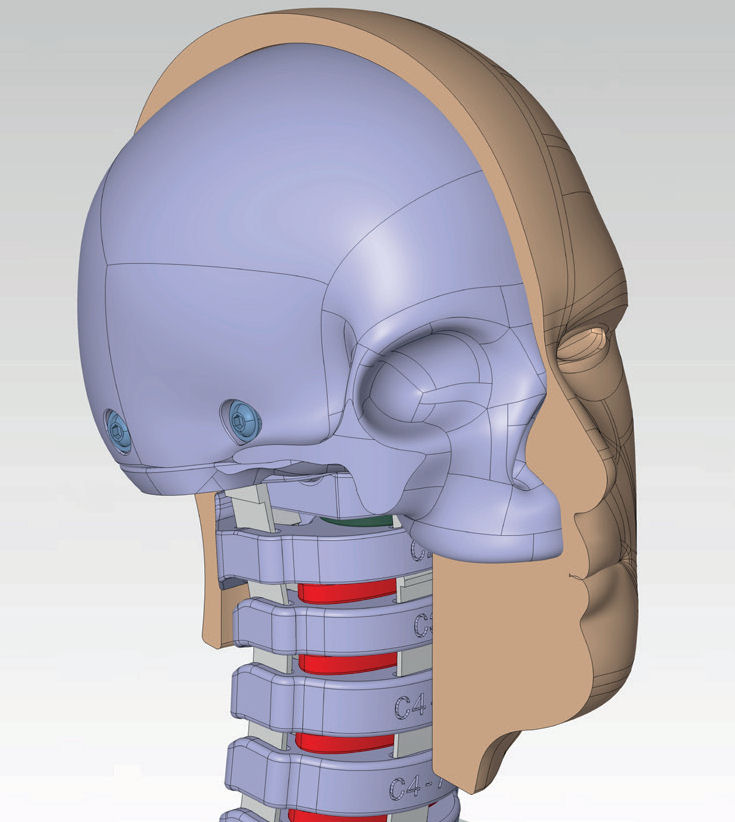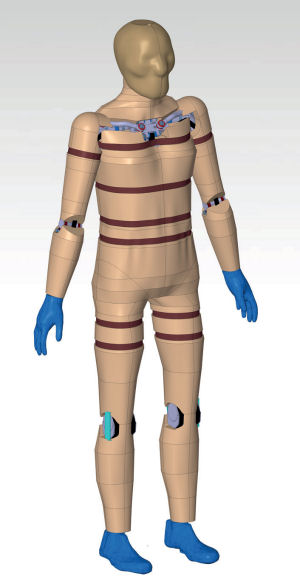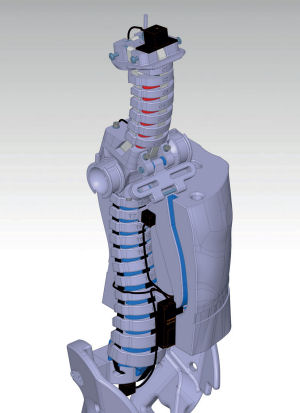More information
Main author
Dipl.-Ing. (FH) Benjamin Härtel
Co-Authors
Prof. Dr.-Ing. Lars Hannawald
Type of media
Publication type
Lecture
Publication year
2019
Publisher
28 EVU Conference, Barcelona
Citation
-

Current crashtest dummys are used to measure and optimize loads on occupants in specific crash scenarios. But how exact do common dummys reflect real people‘s injuries by these loads?
Current dummys are made for standardized crash tests which require reproducible measured val-ues for a specific load and impact direction. The impact velocities at these crash tests are maximum 64 kph and the impact directions are predefined, so that the dummys can only be used for nearly similar configurations and loads. Therefore a consortium of accident research institutions Crashtest- Service(CTS), Priester & Weyde (P&W) and the University of Applied Sciences Dresden (HTW) have developed a new biofidelic dummy in order to obtain usable and realistic results in forensic crashtests. This dummy could be used for occupants as well as for pedestrian and cyclist in acci-dent reconstruction. Injuries are far better represented by the biofidelen dummy, because it shows the injuries in the form of damage to the skeleton or soft tissues, in contrast to conventional dum-mys. In addition, the resulting damage to the vehicles is far more realistic, since the strength of the biofidelic dummys is much closer to a real human.


(EVU-members can download the full article)